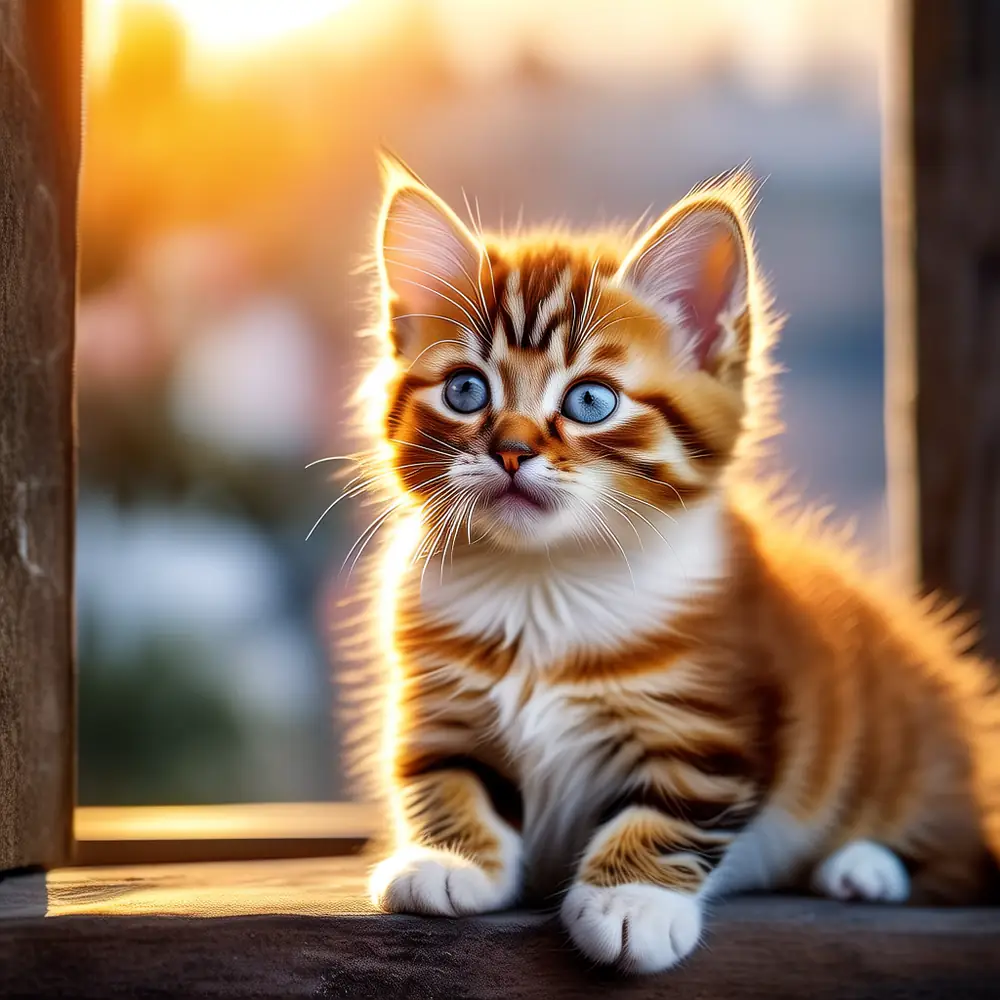Cracking the Code: Understanding Your Cat's Body Language
As a cat owner, you might sometimes feel like your feline friend is speaking a different language. But fear not! Learning to interpret your cat's body language can help you understand their needs, moods, and even their health. This knowledge can make your relationship with your pet more harmonious and rewarding. Let’s dive into some key signals and what they mean.
One of the most important aspects of cat communication is their tail. A high, upright tail often indicates that your cat is happy and confident. If the tail is low or tucked between the legs, it might mean your cat is scared or anxious. A rapidly swishing tail, on the other hand, can signal agitation or irritation. For example, if your cat is playing and suddenly starts swishing their tail, it might be time to give them a break and let them calm down.
Ears are another crucial indicator. Forward-facing ears generally mean your cat is alert and interested. Ears that are slightly back can indicate mild anxiety or uncertainty, while flat ears against the head usually mean your cat is feeling threatened or scared. If you notice your cat’s ears are flattened, it’s a good idea to check for any potential stressors in the environment and provide a safe, quiet space for them to retreat to.
Eye contact and pupil size also offer valuable insights. Slow blinking, often called "cat kisses," is a sign of trust and affection. If your cat looks at you and slowly blinks, try returning the gesture. Conversely, dilated pupils can indicate excitement, fear, or aggression. If your cat’s pupils are very large, it’s best to give them some space and avoid sudden movements. For instance, if your cat is in a new environment and their pupils are dilated, they might need a little extra time to acclimate.
Finally, pay attention to your cat’s overall posture. A relaxed, loose body with a gentle curve to the back typically means your cat is content. If your cat is crouched low with their body tense, they might be preparing to pounce or feeling defensive. In this case, it’s wise to give them some space and avoid direct eye contact, which can be seen as a challenge.
- Observe the tail: High and upright = happy; low or tucked = scared; swishing = agitated.
- Check the ears: Forward = alert; slightly back = anxious; flat = scared.
- Watch the eyes: Slow blinking = trust; dilated pupils = excitement, fear, or aggression.
- Note the posture: Relaxed and loose = content; crouched and tense = defensive.
A Mini Caution
One common mistake is assuming that purring always means your cat is happy. While purring often indicates contentment, cats can also purr when they are in pain or stressed. Always consider the context and look for other signs to get a full picture of your cat’s emotional state.
Understanding your cat's body language is a key part of being a responsible and loving pet owner. By paying attention to these subtle cues, you can better meet your cat’s needs and strengthen your bond. Happy decoding!
